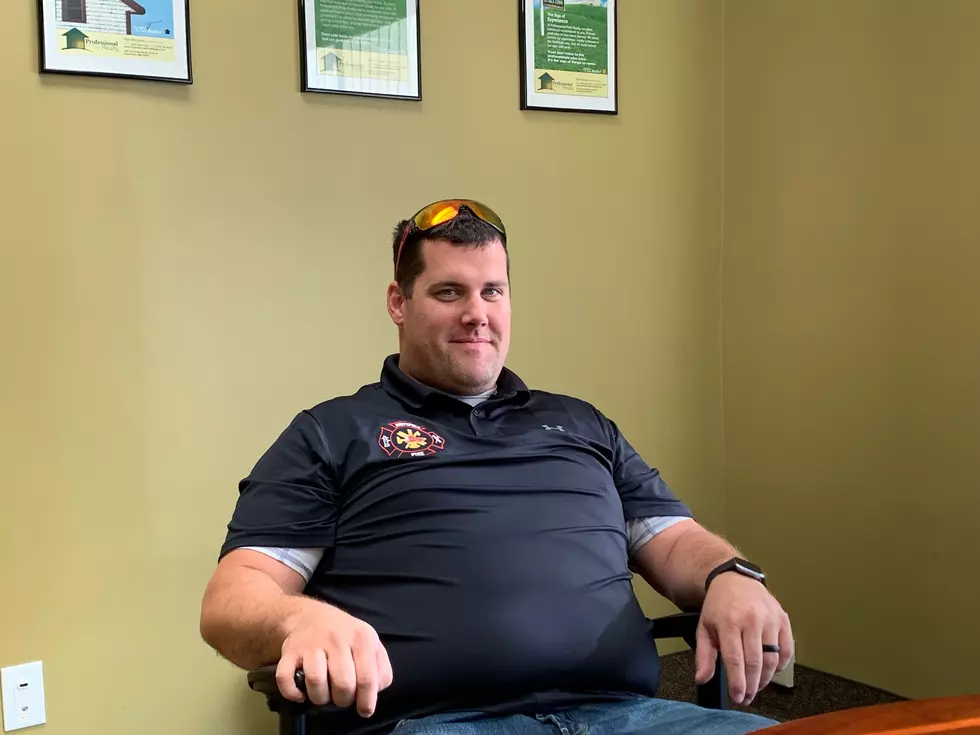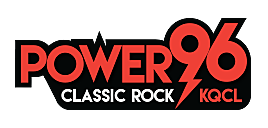
Fire Prevention Week Learning About CO Alarms
The Minnesota Department of Public Safety wants us to learn about Carbon Monoxide Alarms during this National Fire Prevention Week. Carbon Monoxide is an odorless, tasteless and invisible gas.
Make sure you clear snow and debris from furnace, dryer, fireplace or oven vents around your home to prevent Carbon Monoxide buildup. Test your Carbon Monoxide alarm every month.
Carbon Monoxide Alarms should be installed within 10 feet of each sleeping room or inside each sleeping room.
If a CO alarm sounds and you feel ill, call 911 immediately. If you feel fine, open windows and doors and contact your utility company.
Signs of CO poisoning inlcude headache, nausea, fatigue, vomiting and disorientation.
Cooking and heating units that burn fuel and are not property ventilated or malfunction can be a source of CO in the home.
I have the combination CO/Smoke alarms in my home. They are a little more expensive but are recommended.
More From KQCL Power 96










